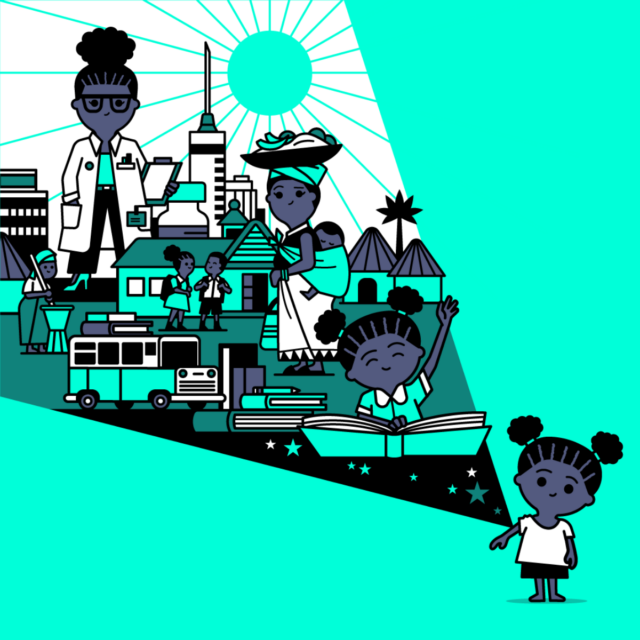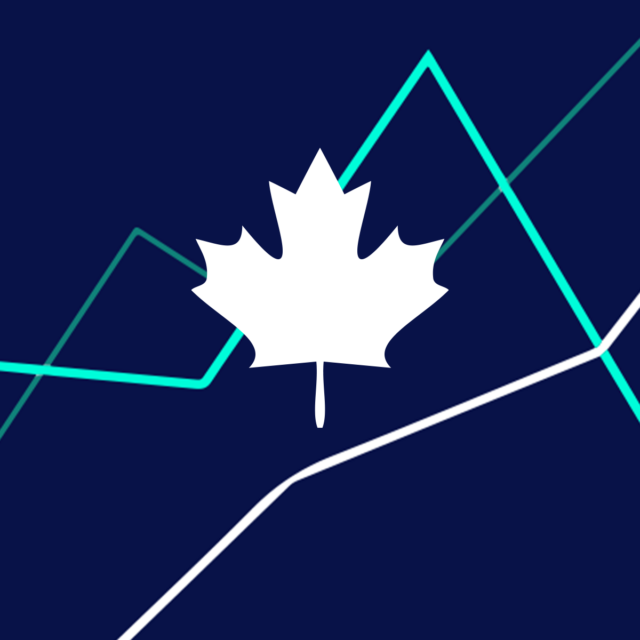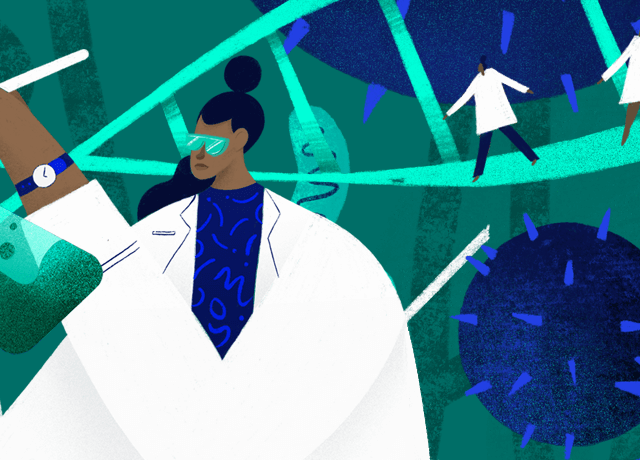In the fight against extreme poverty, the smallest thing can make the biggest impact. Something as small as a vaccine has the mighty power to save millions of children’s lives worldwide.
Over the next few months, we’ll be advocating for Gavi, the Vaccine Alliance, to make sure that people everywhere can access the vaccinations they need to live healthy lives.
Here’s everything you need to know about Gavi:
What exactly is Gavi?
Gavi, the Vaccine Alliance, is an organisation that improves access to vaccines for the world’s most vulnerable children. It was founded in 2000 to “save lives, reduce poverty and protect the world against the threat of epidemics.”
Gavi partners with both the public and private sectors to achieve this mission. It works with nonprofits, advocacy organisations, governments, vaccine manufacturers, researchers and more to improve access to vaccines from all angles.
What might the world look like without Gavi?
There’s a lot at stake when it comes to vaccinations. Over 1.5 million people die from vaccine-preventable diseases every year. Over a third of those people are children.
In the past 20 years, Gavi has helped immunise 760 million children and has saved more than 13 million lives. Currently, it helps vaccinate almost half of the world’s children. Without Gavi, millions of people alive today wouldn’t have protection against deadly diseases. Gavi is an essential tool in improving global health, which is crucial to people everywhere.
The results of Gavi’s work extends far beyond the doctor’s office. Vaccines reduce child mortality rates and help reduce poverty. Simply put, vaccine interventions from Gavi have made the world a better, healthier place.
How does Gavi deliver such incredible results?
Gavi’s life-saving work is possible through a three-pronged approach:
1. Gavi finances the purchase of vaccines. The funding that Gavi receives from donors goes directly towards making sure low-income countries have the vaccines they need. It provides vaccinations for some of the most common and deadly diseases, including polio, typhoid, measles and yellow fever.
2. Gavi helps strengthen countries’ own immunisation programmes and broader health systems. When a country receives support from Gavi, there’s a clear pathway to strengthening its own health systems. All recipient countries co-finance vaccines alongside Gavi. As a country becomes wealthier, they pay more, which allows countries to build sustainable health systems that will eventually no longer need Gavi’s support. In other words, Gavi supports long-term growth in health in addition to day-to-day health services.
3. Gavi shapes vaccine markets to increase supply and reduce prices. It works directly with vaccine suppliers to produce vaccines at a lower cost to make them more easily affordable for people living in poverty. By doing this, Gavi has greatly reduced the price of vaccines and made the market more accessible. For example, the cost of fully immunising a child with pentavalent, pneumococcal and rotavirus vaccines dropped by 21% since 2015.
These three approaches help to create a sustainable immunisation programme within each of the Gavi countries.
How is vaccine hesitancy affecting Gavi?
Vaccine hesitancy — as defined by the World Health Organization (WHO) — is the delay in acceptance or refusal of vaccines despite the availability of vaccination services. WHO identified vaccine hesitancy as one of the top 10 health threats to the world in 2019.
Like so many other places in the world, a growing number of people in sub-Saharan African countries are delaying or refusing vaccines for themselves or their children. Much of this hesitancy is borne out of a lack of trust in government, the health care delivery system, and the vaccine industry, as well as misinformation surrounding common side effects after immunisation.
Without adequate levels of vaccination, communities everywhere are more susceptible to disease outbreaks.
What might the world look like if Gavi gets fully replenished?
This year, we have an opportunity to help Gavi continue their life-saving work. Gavi’s third Replenishment will take place in London this June, where it’s hoping to reach an ambitious goal of at least US$7.4 billion in additional funding.
If Gavi reaches this goal, it will be a vital step towards making vaccines work for everyone, everywhere. It will allow it and its partners to vaccinate 300 million more children and save up to 8 million more lives. It’ll also invest some of this money into strengthening health systems, which will help improve overall health care in addition to getting more people vaccinated.
On top of better health, these results would lead to economic benefits. When someone gets sick from a preventable disease, there’s a lot of additional costs to that; from small ones like transportation and treatment, to large ones like potential loss of productivity later in life through death or disability. By preventing those costs, Gavi helped to generate more than US$150 billion in economic benefits between 2000 and 2017.
What can I do to support Gavi?
Tiny vaccinations pack a mighty punch. That’s why we’re dedicated to making sure everyone, everywhere has access to them. This year, world leaders will have the opportunity to help Gavi keep up their incredible, life-saving and poverty-eradicating work.



